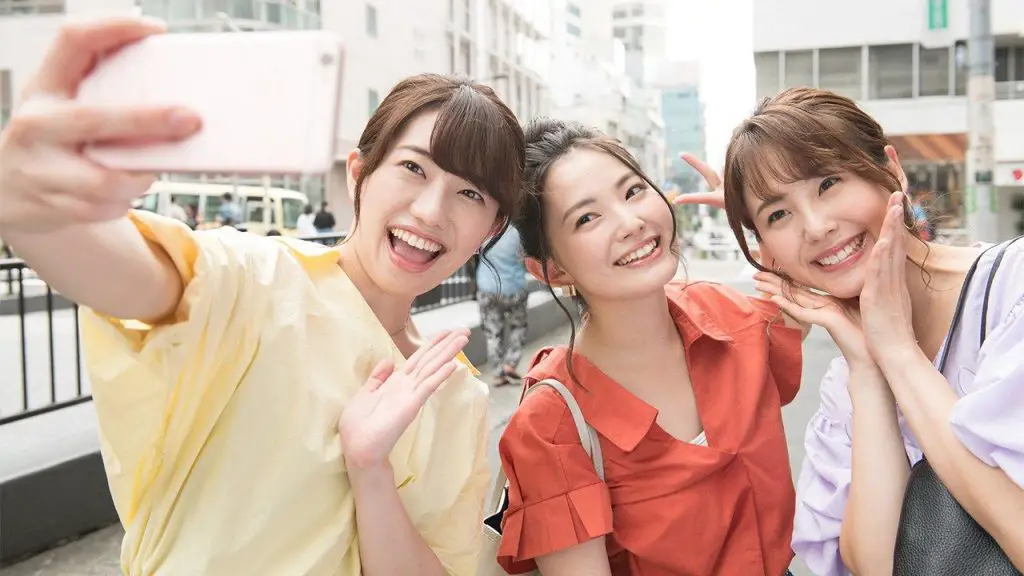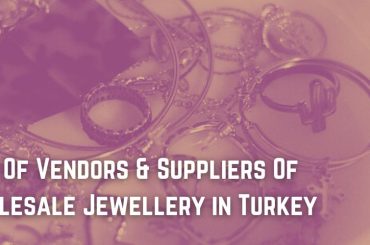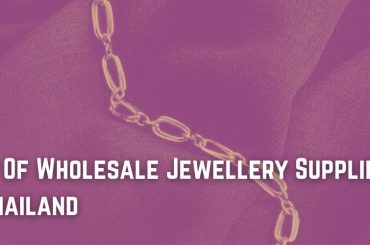Japan has 76 known previous gold mines, including five deposits with more than one million ounces of gold and the world’s highest gold grades. The legend of Japan as the “country of gold” stems from its location along the western edge of the Ring of Fire.
That is one of the world’s most geologically active areas. Until World War II, when mines began to close, Japan was mining massive amounts of gold. Hishikari Gold Mine, the nation’s largest gold mine, is still operating today in Japan.
Japan produced roughly 7.6 thousand kilos of gold in 2020. We now know that when it comes to production rates, Japan is a major player.
Japan is also well-known for its expensive gold. Below we will answer why is it expensive and whether the gold investment is a good idea or not.
Table Of Contents
Is gold cheaper in Japan?
Except in countries with import taxes or prohibitions, gold is the same price all around the world. The primary distinction can be noticed in gold jewelry.
In countries with low labor costs gold is sold at near to the bullion price, whereas jewelry can be sold for three to ten times the gold price in the west.
When we compare the price of gold in Japan with the price of gold in Saudi Arabia, we can observe that Japan has very high duties and taxes on valuable metals.
Whereas Saudi Arabia has much lower taxes and duties. Thus, making gold in Japan expensive as compared with Saudi Arabia.
Why is Japanese gold expensive?
When compared with gold from other countries, Japanese gold is relatively expensive. There are several causes for this. Despite having the same karat, Japanese gold is more costly than Saudi gold.
The main reason behind it is that Japan values the design of the jewelry, whereas Saudi does not care about the design of the jewelry and just sells it per gram, per karat.
When it comes to Japanese gold jewelry, costs might vary significantly. Japanese jewelry is of the highest quality and is never inexpensive. The cost of gold jewelry varies based on where you purchase them.
Top stores like Wako and Mikimoto are expensive, but they provide superior quality and service. On the other hand, if you go to Ueno’s Jewelry Town, for example, you may obtain similar products for 20-30% less.

Is Japanese gold real?
The Hishikari Gold Mine in Japan is the world’s largest gold mine which signifies the quality of Japanese gold. Engravings on Japanese gold jewelry are distinctive. In Japan, “K18” is etched on the surface of most gold items.
The abbreviation K stands for karat, which refers to the purity of gold (24 carats is pure gold). To put it another way, K24 is pure gold. As a result, K18 denotes that it has 75% gold.
The place of origin is the distinction between “K18” and “18K.” The majority of K18 gold jewelry is created in Japan, although many 18K items are made in other Asian countries such as China.
Is Japan gold a good investment?
Gold is a liquid asset yet rare asset that is not held as a liability by anyone. It’s purchased as a luxury item as well as an investment.
In Japan it is also a safeguard against sovereign risk and large stock market downtrends. Many investors are drawn to gold’s position as a diversified portfolio. Some people utilize it as a haven for their money, as well as a rising inflationary buffer.
In times of financial stress, gold has served as a haven, particularly in Japan. Since 1971, when gold became openly traded, its price in the yen has climbed by an average of 8.2 percent every year.
Conclusion
Gold is a valuable asset for Japan has the largest gold mine. If we compare its price with Saudi Arabia, the price of gold in Japan is not cheap; rather, it is expensive. Because of the tax, gold is expensive in Japan.
Japan is known for selling expensive gold jewelry, with prices varying depending on the style and carvings of the jewelry. However, certain places in Japan sell gold jewelry at a lower price.
The price of gold in Japan and other countries often moves differently compared with major financial products. Some Japanese investors use it to diversify their portfolios to minimize losses when the prices of stocks and other financial products jump.
Check out our article on whether Japanese Students wear Jewelry?



